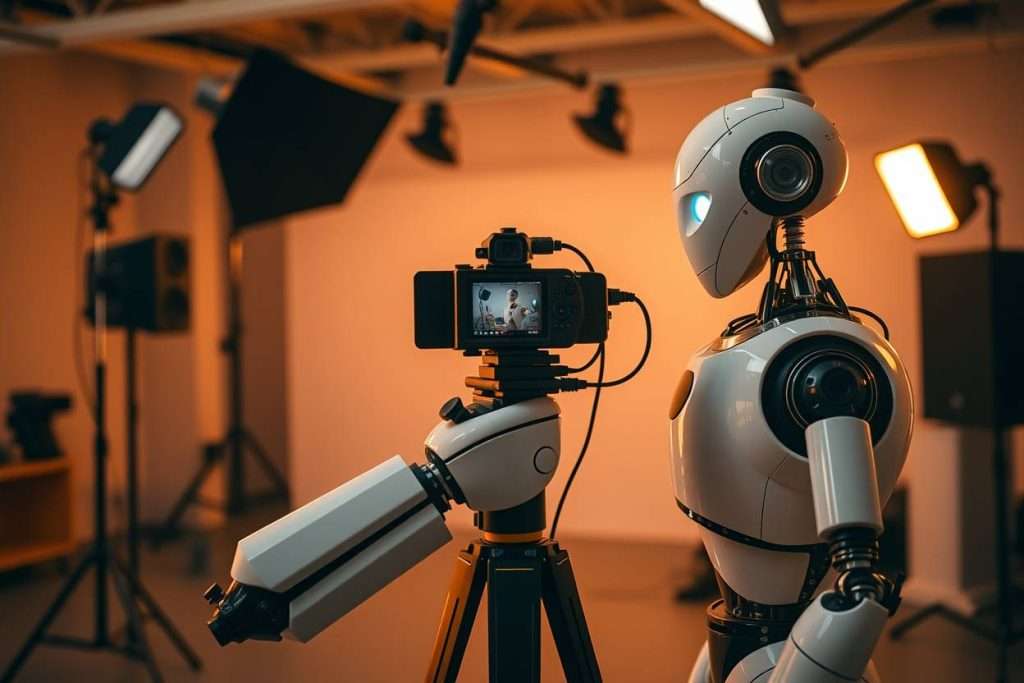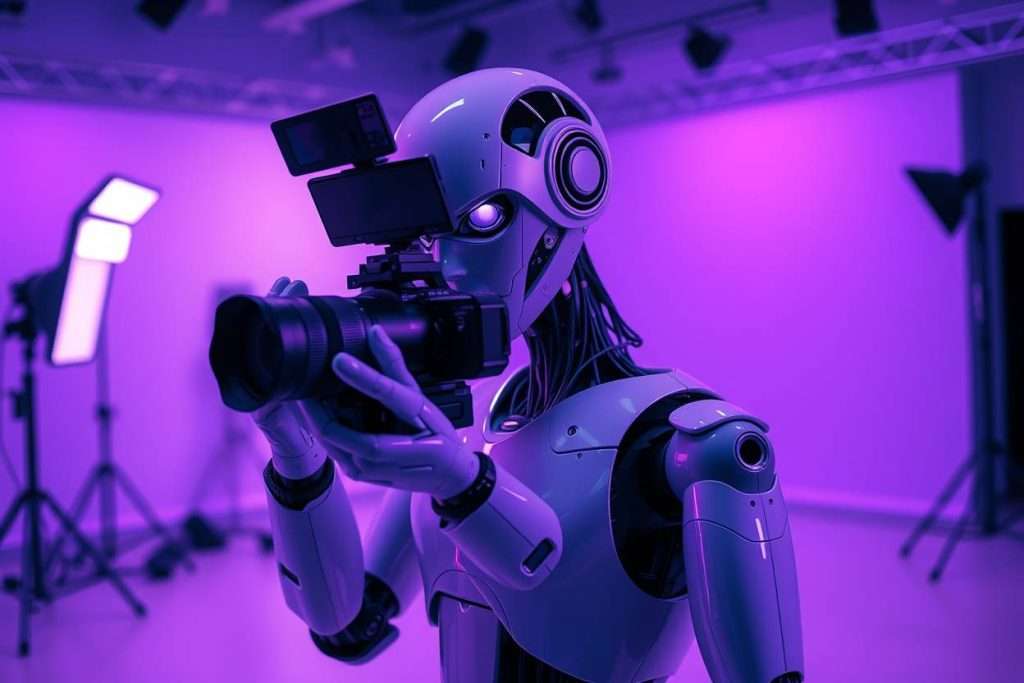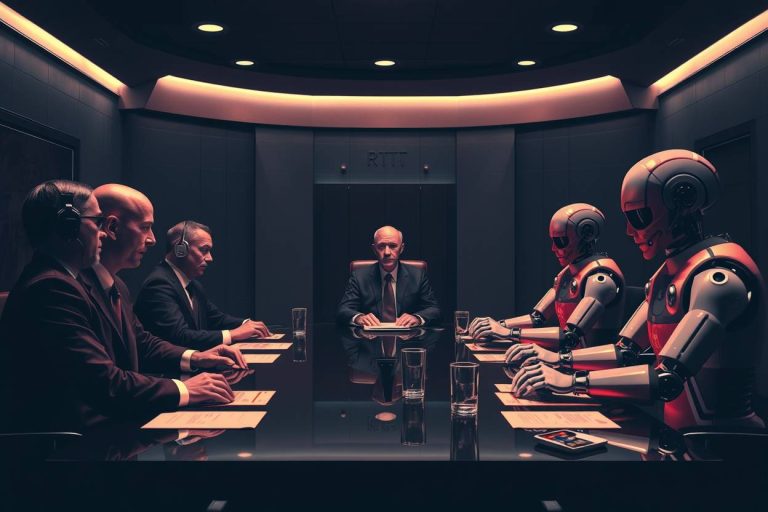Veo 3.1 vs Sora 2: The AI Video Showdown

In October 2025, Google Veo 3.1 and OpenAI’s Sora 2 dropped side-by-side, igniting an AI video war. Veo 3.1 packs deep editing power and cinematic consistency, while Sora 2 ups the ante on realism and length. Each comes at a different price, access, and integration story. Here’s everything you need to know about Veo 3.1 vs Sora 2:
Key Takeaways
- Veo 3.1 is the latest Google offering—boasting superior editing, scene control, audio, and integration with Google’s ecosystem.
- Sora 2 is OpenAI’s powerful reply, offering longer video generation and exceptionally realistic motion and dialogue.
- Pricing, access methods, and platform integrations differ sharply. Veo 3.1 is paid (with Pro and Ultra plans), while Sora 2 is currently open beta with some free and ChatGPT Pro access.
- Both raise the bar for AI video in 2025, but each has unique strengths: Veo 3.1 is ideal for creative professionals, Sora 2 for fast, realistic content and everyday GPT users (and both are amazing for viral content).
The Big Picture: Why This Battle Matters
If there was ever a clear “old vs new” rivalry in the AI video world, it’s between Veo and Sora, Google vs OpenAI. Previous versions (Veo 3, Sora 1) paved the way with text-to-video breakthroughs; now both are pushing cinematic storytelling and ultra-realistic simulation into mainstream content creation.
Veo 3.1 builds on Veo 3’s foundation, offering granular editing, prompt adherence, scene extension, multi-image “ingredients” and full real-world physics—all in up to 1080p.
Sora 2 leapfrogs its predecessor by boosting video length (up to 25 seconds per clip without extensions), richer cause-and-effect physics, and near-perfect dialogue sync.
In-Depth Feature Comparison
Video Quality & Consistency
Analysis:
Veo 3.1 is the new gold standard for structured, cinematic scenes, especially in longer narrative work. Sora 2 delivers staggering realism and smooth motion, unmatched in real-life cause-and-effect rendering for its clip length.
Prompt Control & Editing Flexibility
Veo 3.1 lets you arrange camera movement, transitions, style, lighting, and object placement—perfect for filmmakers and serious content creators. The newly upgraded “scene extend” feature is a game-changer, allowing for story arcs and narrative continuity not possible in competitors.
Sora 2, while highly accurate, still struggles with multi-step instructions over longer prompts, and occasionally drifts from script. Its “cameo” feature lets you place a chosen character, animal, or object directly—but ethical and safety constraints apply.
Audio Integration
Both models excel at audio generation: ambient sound, dialogue, lip-sync, and background cues. Veo 3.1’s scene extension preserves audio continuity more reliably than Sora 2, which occasionally breaks sync over longer stories.
Creative Styling and Presets
Veo 3.1 offers a buffet of cinematic presets (film noir, action, custom color grading), integrated in Google Flow. Creators can design their own templates for repeatable style—ideal for brands and ongoing series. Sora 2 adapts to style on-the-fly but doesn’t offer preset templating yet.

Access, Pricing, and Integrations
Veo 3.1
Access Methods:
- Gemini App (Pro $19.99/mo, Ultra $249.99/mo)
- Flow Creative Suite (included in higher plans)
- Vertex AI (enterprise/developer access)
- Gemini API (programmatic, detailed control)
- Third-party APIs like Replicate, CometAPI.
Pricing:
- Veo 3.1 Price Standard: ≈ $0.40/sec video and audio
- Veo 3.1 Fast: ≈ $0.15/sec (cheaper, slightly lower fidelity)
- Example: Standard 8s clip ≈ $3.20; Fast 8s ≈ $1.20
- Longer clips multiply costs; retrying for perfect shots increases spend.
Integrations:
- Full Google ecosystem (Gemini, Flow, Vertex AI, Google Cloud)
- Enhancor AI, ImagineArt, InVideo, and more creative/asset platforms
Sora 2
Access Methods:
- Sora iOS App (invite-only for now)
- ChatGPT and ChatGPT Pro ($20/mo unlocks Sora 2 Pro)
- ImagineArt and other GPT-wrapped platforms
Pricing:
- Sora 2 standard: ≈ $0.10/sec for 720p
- Sora 2 Pro: ≈ $0.30–$0.50/sec for HD
- Currently open beta and free for invited users.
Integrations:
- Deep OpenAI and GPT integration
Note: Both plans and integrations will evolve as each platform’s premium offerings take center stage.
Deeper Dive: Real-World Scenarios
Think YouTube documentaries, TikTok shorts, Instagram Reels:
- Veo 3.1 excels when you need controlled storytelling, custom lighting, extended scenes, and advanced editing.
- Sora 2 dominates on speed and realism, perfect for spontaneous content, influencer promotion, or rapid social clips.
For product explainers, commercials, or branded series, Veo 3.1’s granular workflow is a gift. If your workflow wraps around ChatGPT (scripting to rendering in one loop), Sora 2’s native integration is powerful.
Rumours vs Facts: What’s Actually New?
Rumoured (Pre-Launch)
- 4K video output on both platforms (not yet public on either).
- Unlimited video length and seamless extension (partial reality: Sora 2 is capped at 25s, Veo needs API for long-form).
- Music generation built-in (both support SFX but require manual music for advanced composition).
Confirmed (Post-Launch)
- Veo 3.1’s editing depth is unmatched; “scene extend” and “frame-to-video” are real upgrades over Veo 3.
- Sora 2 has true physical realism and “cameo” for custom objects/characters.
- Both support multiple aspect ratios, native audio, and high-definition rendering.
Limitations and Edge Cases
- Sora 2: Editing control is still basic. Complex multi-scene projects may drift or break continuity.
- Veo 3.1: Steep learning curve and premium price. Free access on Flow has tight credit limits. Requires prompt mastery for best results.
- Both: Physics can glitch in generative edge cases, and AI video is still subject to ethical constraints (cameo use, realistic human images).
The Future
Both Veo 3.1 and Sora 2 are set to evolve. Veo 3.1 is likely to expand editing tools and lower prices. Sora 2 will add more presets and smoother long-form generation. Expect tighter app and API integrations across all major creative platforms—plus steadily rising expectations for AI-driven content.
Conclusion
The “veo 3.1 vs sora 2” rivalry marks a new era. Google’s Veo 3.1 is now the tool of choice for those who demand granular editing, scene extension, and cinematic fidelity—especially for storytelling and film-oriented creators. Sora 2, meanwhile, redefines realism and speed, standing out for quick, high-impact social content and GPT-centric workflows.
For 2025 and beyond, picking the right AI video generator depends on your creativity, technical needs, and budget. Both platforms pushed boundaries—now, your next blockbuster is just a prompt away.
Frequently Asked Questions about Veo 3.1 vs Sora 2

What is the main difference between Veo 3.1 and Sora 2?
Veo 3.1 focuses on deep editing control, multi-scene storytelling, and superior prompt adherence, while Sora 2 excels at longer single-clip generation, physical realism, and quick, lifelike dialogue sync.
How much do Veo 3.1 and Sora 2 cost?
Veo 3.1 is offered via subscription (Pro: $19.99/month, Ultra: $249.99/month) or pay-per-second (about $0.40/sec Standard); Sora 2 is in free open beta for now, with Pro access for ChatGPT Plus users ($20/month) and no pay-per-second pricing yet.
Which platforms support Veo 3.1 and Sora 2?
Veo 3.1 runs in Google’s Gemini app, Flow suite, Vertex AI, Gemini API, and through third-party AI services; Sora 2 is available in the Sora iOS App (invite-only), directly in ChatGPT/Pro, and selected creative platforms like Enhancor AI.
What is the maximum video length and resolution for each?
Veo 3.1 natively generates clips up to 8s (extensible to 148s via API), at 1080p with high frame rate; Sora 2 delivers up to 25-second clips at 1080p, but no scene extension—longer videos must be stitched manually.
Does either model add watermarks or metadata to outputs?
Veo 3.1 and Sora 2 both embed visible watermarks as well as provenance signals (like SynthID or C2PA metadata) to ensure authenticity and counter misuse.
Can I use my own voice, music, or assets in AI videos created by Veo 3.1 and Sora 2?
Both models support basic SFX, dialogue, and ambient track generation. Veo 3.1 offers editing tools for custom audio overlays; Sora 2 is more limited and does not yet allow custom file uploads but can create dialogue via prompts.
Are there restrictions on generating videos with people or copyrighted characters using Veo 3.1?
Yes. Veo 3.1 is restrictive in some regions (EU/UK/CH/MENA) and Sora 2 uses consent-based “cameo” for likenesses. Both avoid explicit/inappropriate or highly copyrighted material to meet safety and copyright laws.
Is Veo 3.1 or Sora 2 better for filmmakers and influencers?
Filmmakers benefit from Veo 3.1’s advanced multi-shot and editing controls, especially for narrative work. Sora 2 is great for influencers and quick content creators needing rapid, hyper-realistic clips, especially integrated with GPT tools.
How do video quality and performance compare in real-world tests?
Veo 3.1 features richer scene coherence and prompt fidelity with cinematic control. Sora 2 excels in physical realism, face/lip sync, and spontaneous content but may falter with complex editing or longer narrative arcs.
How will pricing, features, or access change in the future?
Both platforms are expected to introduce new paid tiers, wider integrations (e.g., Android for Sora 2), and enhanced creative presets as generative video becomes vital for businesses and individual creators.




